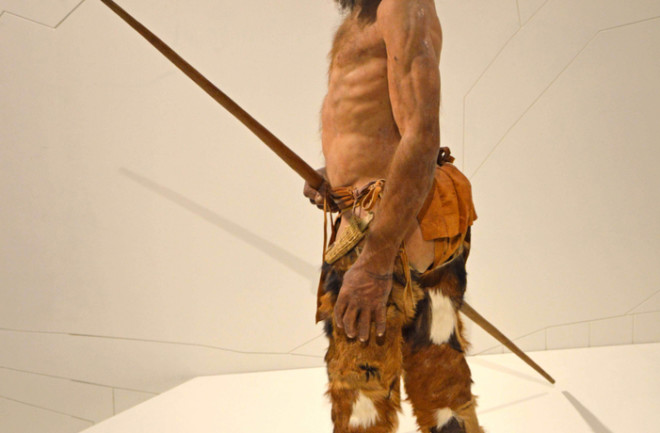Jan Bartek - AncientPages.com - Maritime history dates back thousands of years, och there is no doubt many ancient civilizations had excellent knowledge of navigation and sailing. Once ancient civilizations understood the value of trading, many maritime routes were established, and spices, gold, silk, and many other items were bought and sold. There is archaeological evidence magnificent ancient ships crossed the oceans, and curious explorers set foot on new lands
Still, modern humans were not the ones who invented the boat. According to a study, the first seafarers were the Neanderthals, who lived from about 400,000 to 40,000 years ago. On islands in the Mediterranean Sea, scientists have examined several artifacts and stone tools uniquely associated with the Neanderthals.
"Archaeological data from the southern Ionian Islands show human habitation since Middle Palaeolithic going back to 110 ka BP yet bathymetry, sea-level changes and the Late Quaternary geology, show that Kefallinia and Zakynthos were insular at that time. Hence, human presence in these islands indicates inter island-mainland seafaring. Seafaring most likely started some time between 110 and 35 ka BP and the seafarers were the Neanderthals. Seafaring was encouraged by the coastal configuration, which offered the right conditions for developing seafaring skills according to the “voyaging nurseries” and “autocatalysis” concepts," the research team writes in a paper published in the Journal of Archaeological Science.







